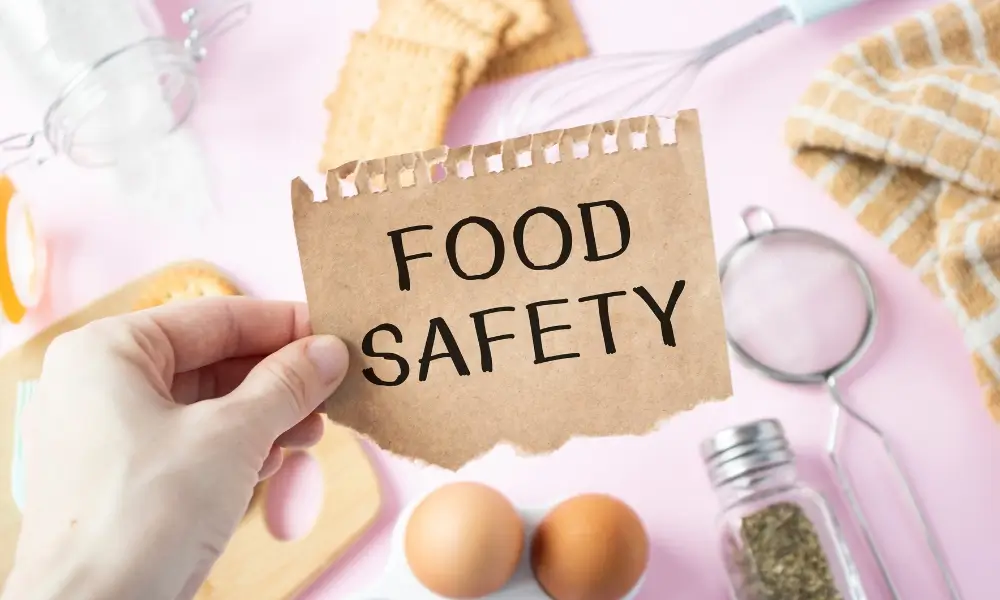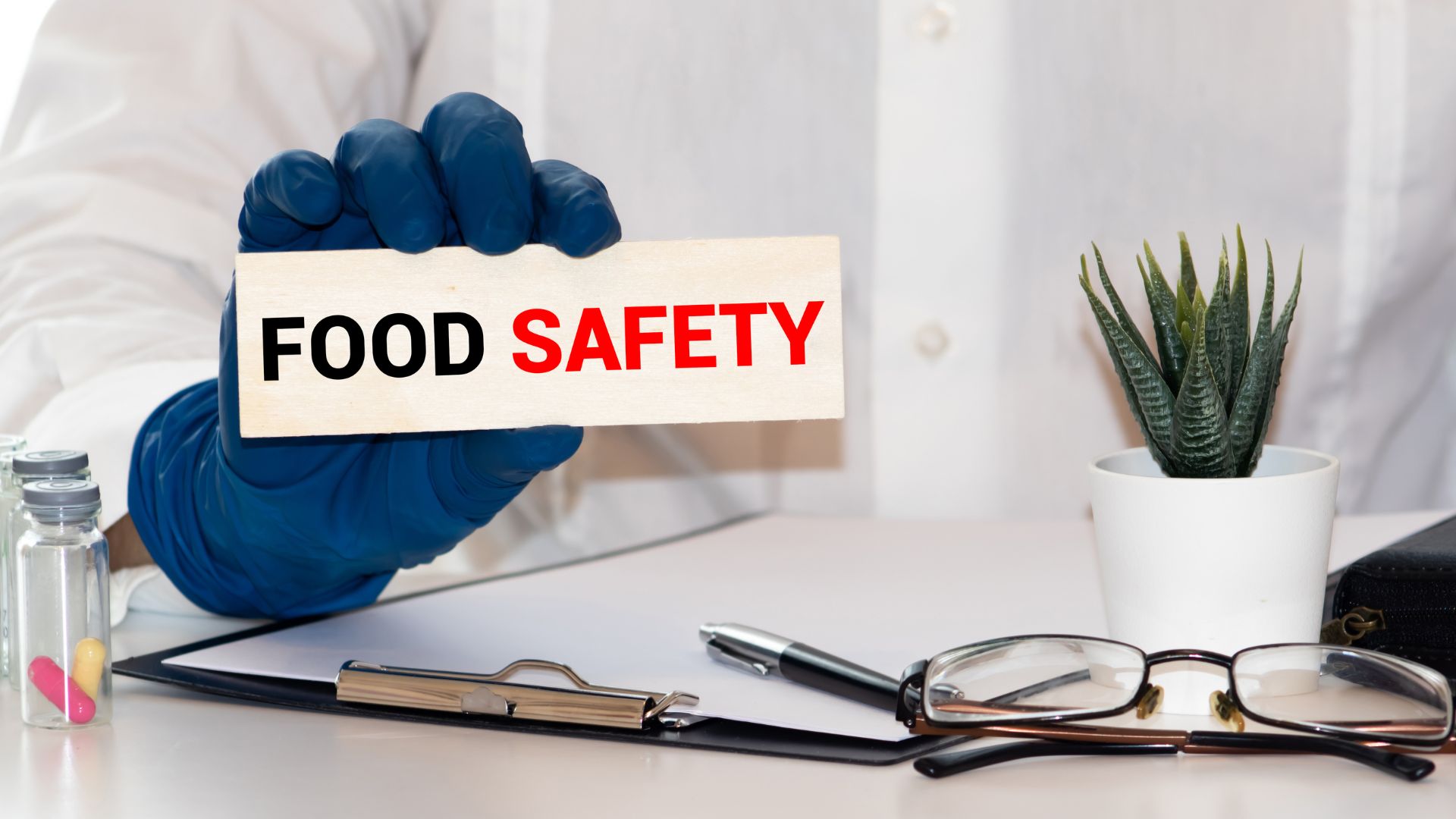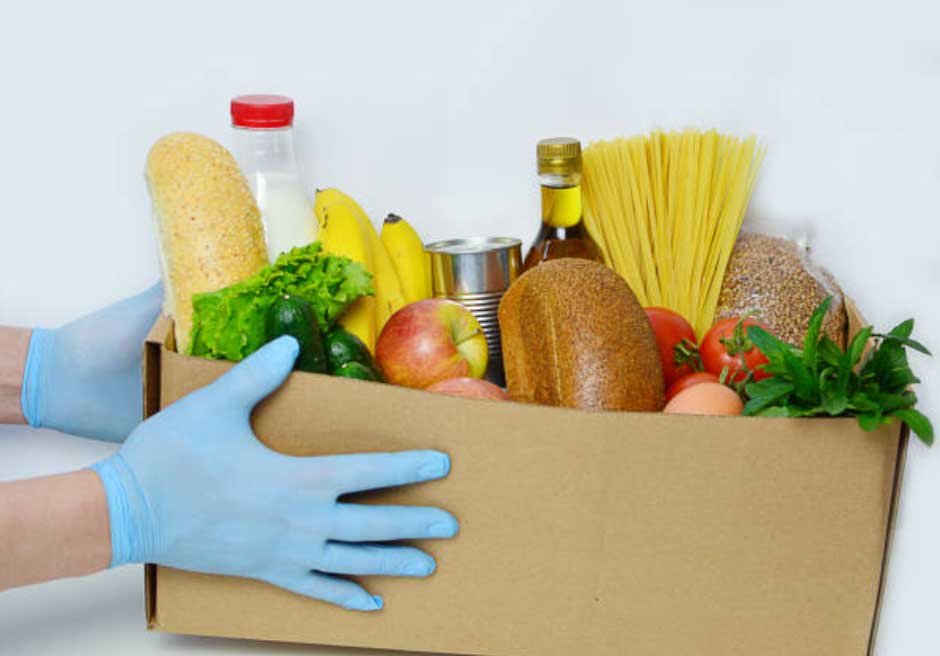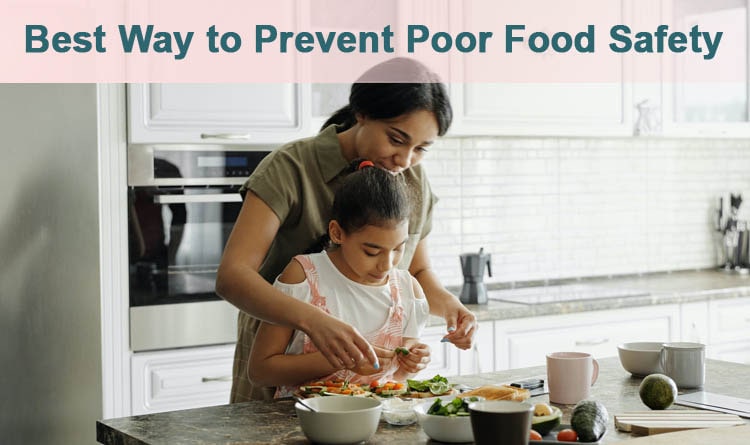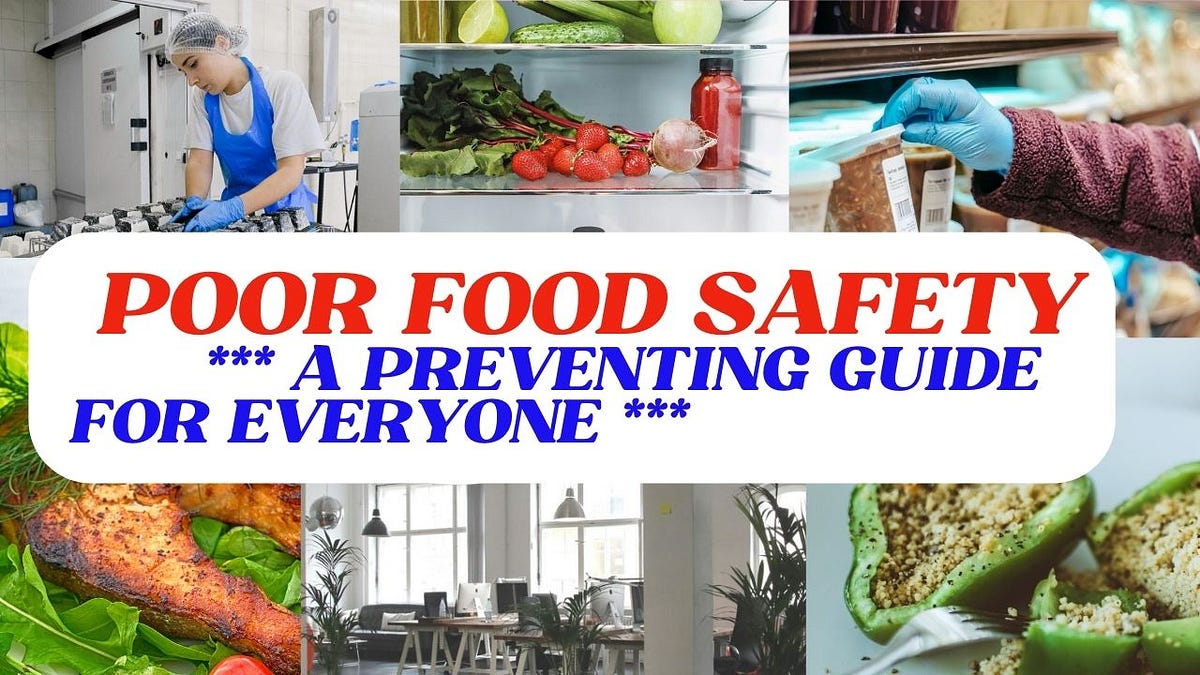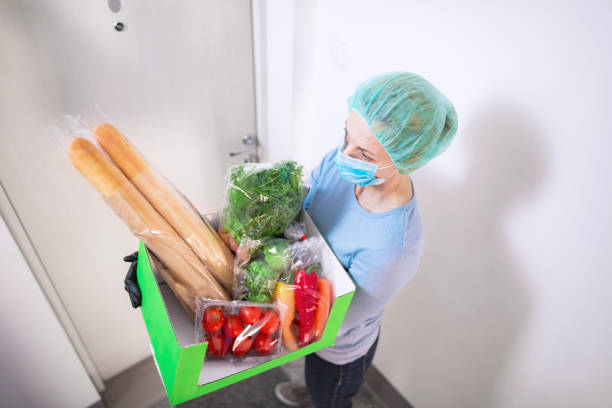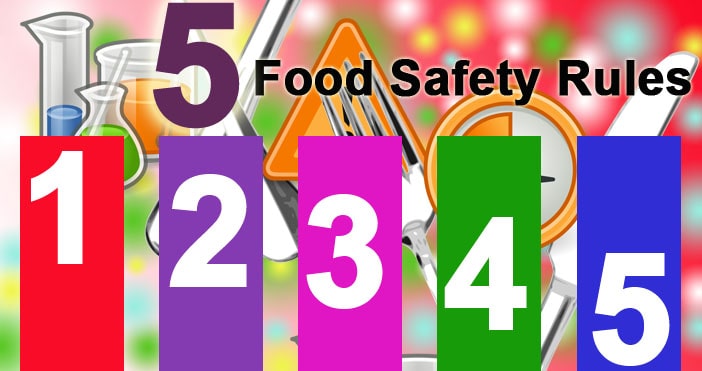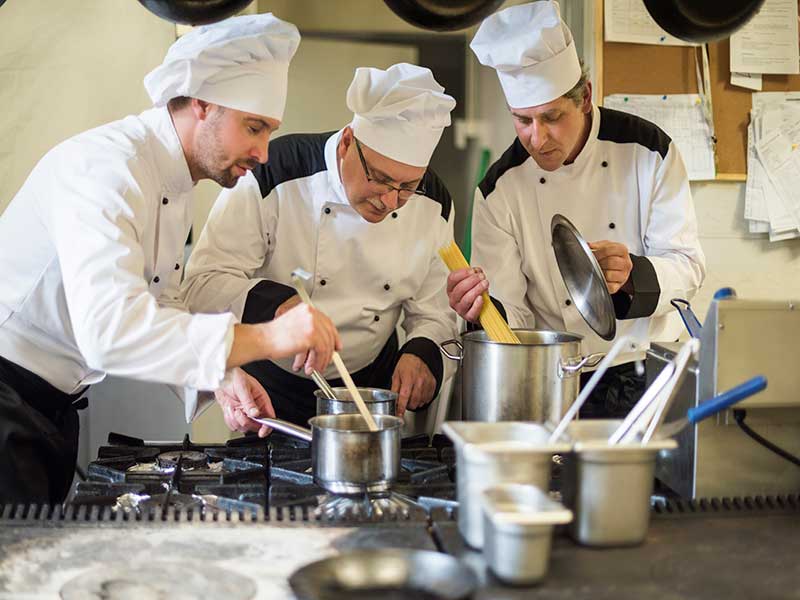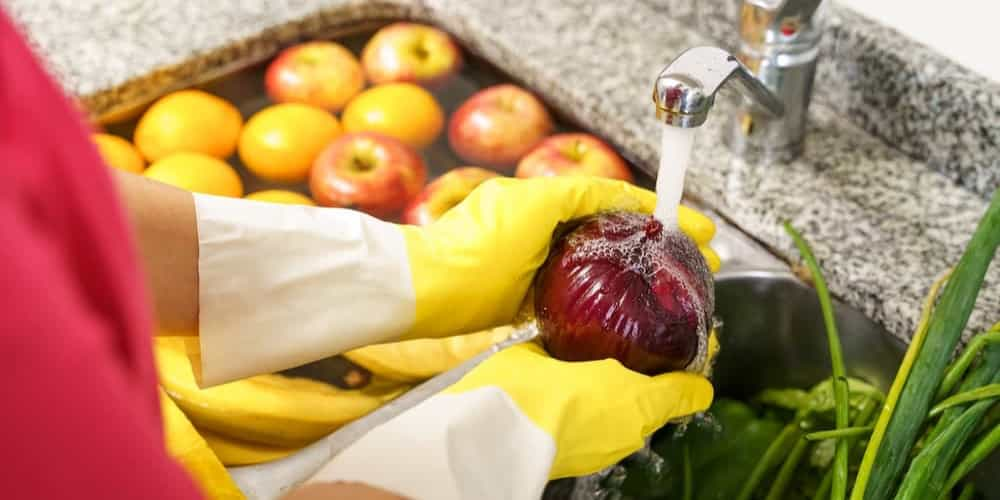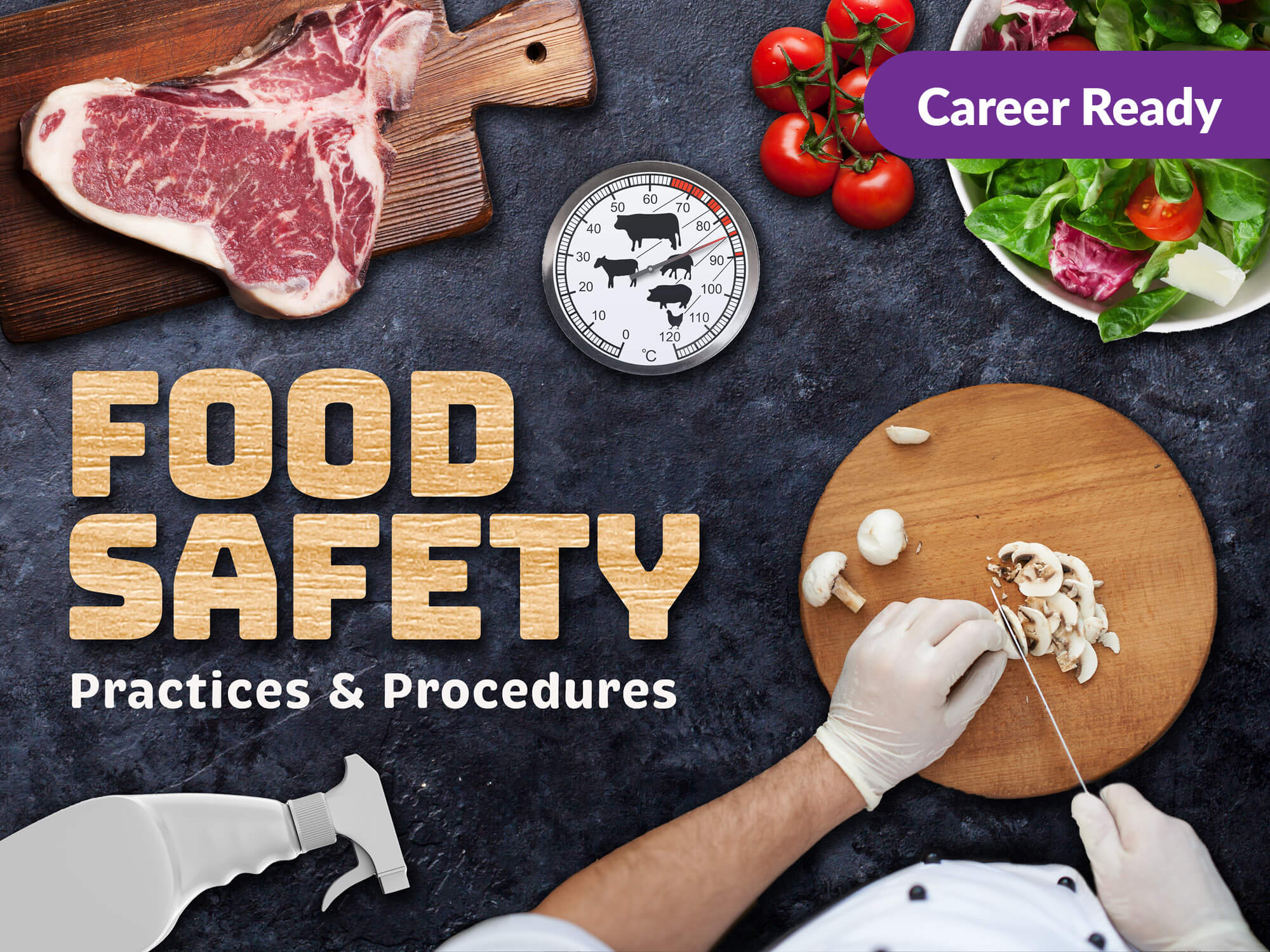What Is The Best Way To Prevent Poor Food Safety
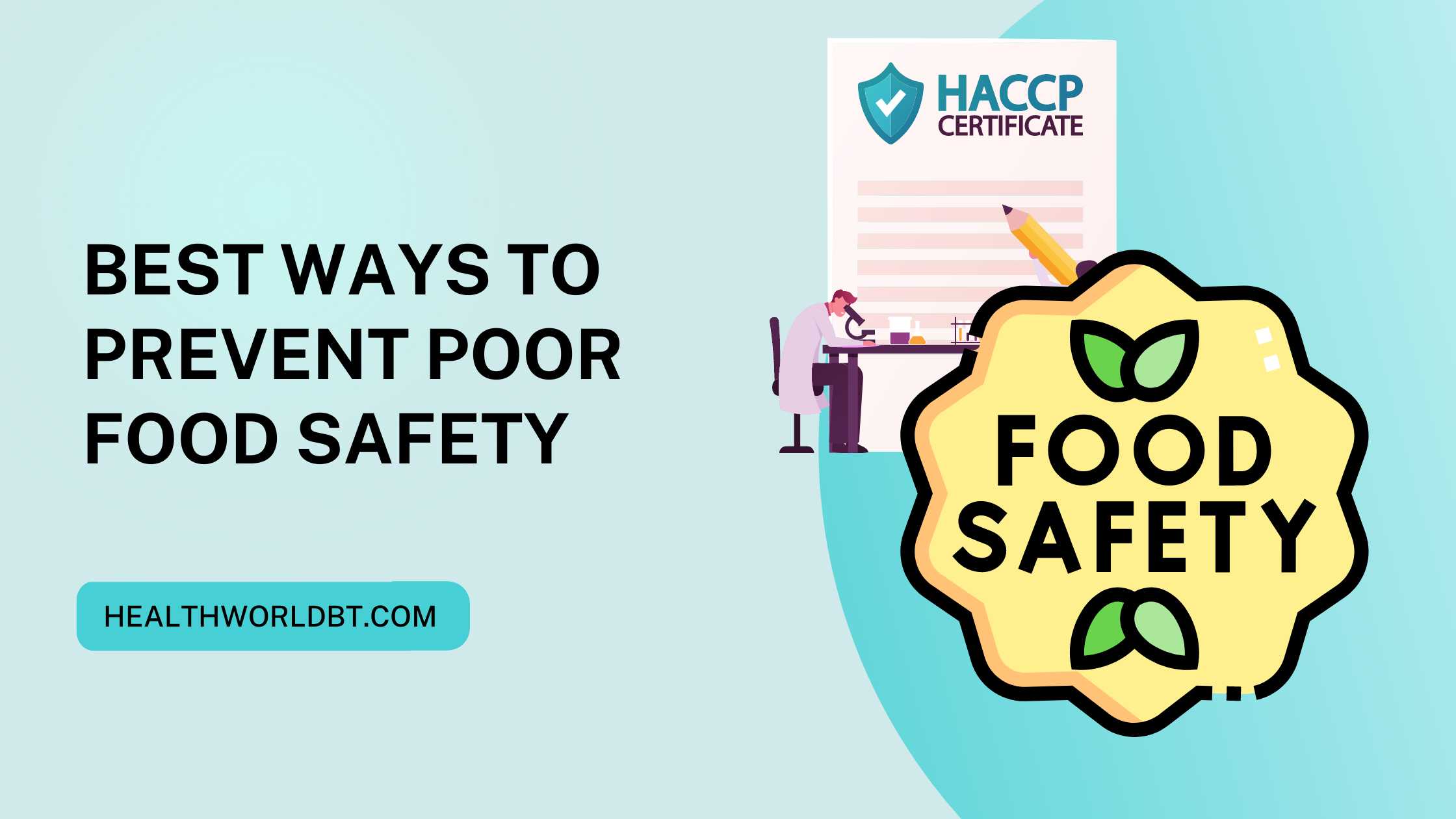
Foodborne illnesses are a persistent and preventable threat, impacting millions annually and causing significant economic and public health burdens. Implementing comprehensive food safety measures across all stages of the food supply chain is critical to safeguarding public health.
Understanding the Scope of the Problem
The Centers for Disease Control and Prevention (CDC) estimates that foodborne diseases cause roughly 48 million illnesses, 128,000 hospitalizations, and 3,000 deaths in the United States each year. These illnesses are often caused by bacteria, viruses, or parasites contaminating food.
Poor food handling practices, inadequate cooking temperatures, and cross-contamination are common culprits. Addressing these issues requires a multi-faceted approach.
Key Strategies for Prevention
1. Emphasizing Proper Hand Hygiene
Handwashing is the first line of defense against foodborne illnesses. Wash hands thoroughly with soap and water for at least 20 seconds, especially before preparing food, after handling raw meat, poultry, or seafood, and after using the restroom.
According to the World Health Organization (WHO), effective hand hygiene can reduce the spread of many infectious diseases, including foodborne illnesses.
2. Implementing Temperature Control
Cooking food to the proper internal temperature is crucial to kill harmful bacteria. Use a food thermometer to ensure that meat, poultry, seafood, and eggs reach safe minimum internal temperatures as recommended by the USDA.
Refrigerate perishable foods promptly at temperatures below 40°F (4°C) to slow bacterial growth.
Use a refrigerator thermometer to monitor the temperature inside your refrigerator and freezer.
3. Preventing Cross-Contamination
Cross-contamination occurs when harmful bacteria spread from one food to another. Keep raw meat, poultry, and seafood separate from ready-to-eat foods during storage and preparation.
Use separate cutting boards and utensils for raw and cooked foods. Clean and sanitize surfaces and equipment thoroughly after each use.
4. Ensuring Proper Food Storage
Store food at the correct temperature and humidity to prevent bacterial growth. Follow the "first in, first out" (FIFO) principle to ensure that older foods are used before newer ones.
Discard expired or spoiled food promptly. Avoid overcrowding the refrigerator to allow for proper air circulation.
5. Enhancing Food Safety Education and Training
Food handlers need comprehensive training on food safety practices. This includes instruction on hand hygiene, temperature control, cross-contamination prevention, and proper cleaning and sanitization procedures.
Regulatory agencies play a critical role in providing resources and guidelines for food safety training. Continued education and regular refresher courses are essential.
6. Strengthening Regulatory Oversight
Effective food safety regulations and inspections are crucial for ensuring compliance with food safety standards. Regular inspections help identify potential hazards and ensure that food establishments are following best practices.
The FDA and state and local health departments work together to enforce food safety regulations. Penalties for violations can deter non-compliance.
7. Promoting Consumer Awareness
Consumers need to be educated about food safety risks and how to protect themselves from foodborne illnesses. Public health campaigns can raise awareness about proper food handling practices at home.
Providing clear and concise information about safe food preparation can empower consumers to make informed choices. Read food labels carefully and follow storage and cooking instructions.
Addressing Specific Food Safety Challenges
Certain foods are more prone to contamination than others. Raw sprouts, unpasteurized milk, and raw shellfish are examples of foods that pose a higher risk of foodborne illness.
Special precautions should be taken when preparing these foods. People with weakened immune systems, pregnant women, young children, and older adults are particularly vulnerable to foodborne illnesses.
Technological Innovations in Food Safety
Advances in technology are playing an increasingly important role in improving food safety. These include rapid detection methods for pathogens, improved traceability systems, and temperature monitoring devices.
Blockchain technology is being used to track food products from farm to table, enhancing transparency and accountability. Data analytics can help identify patterns and predict potential outbreaks.
Conclusion
Preventing poor food safety requires a collaborative effort involving government agencies, food producers, food handlers, and consumers. By implementing comprehensive food safety measures, we can reduce the incidence of foodborne illnesses and protect public health.
Ongoing research, technological advancements, and continued education are essential for staying ahead of emerging food safety challenges. Strengthening food safety systems is an investment in public health and economic well-being.
